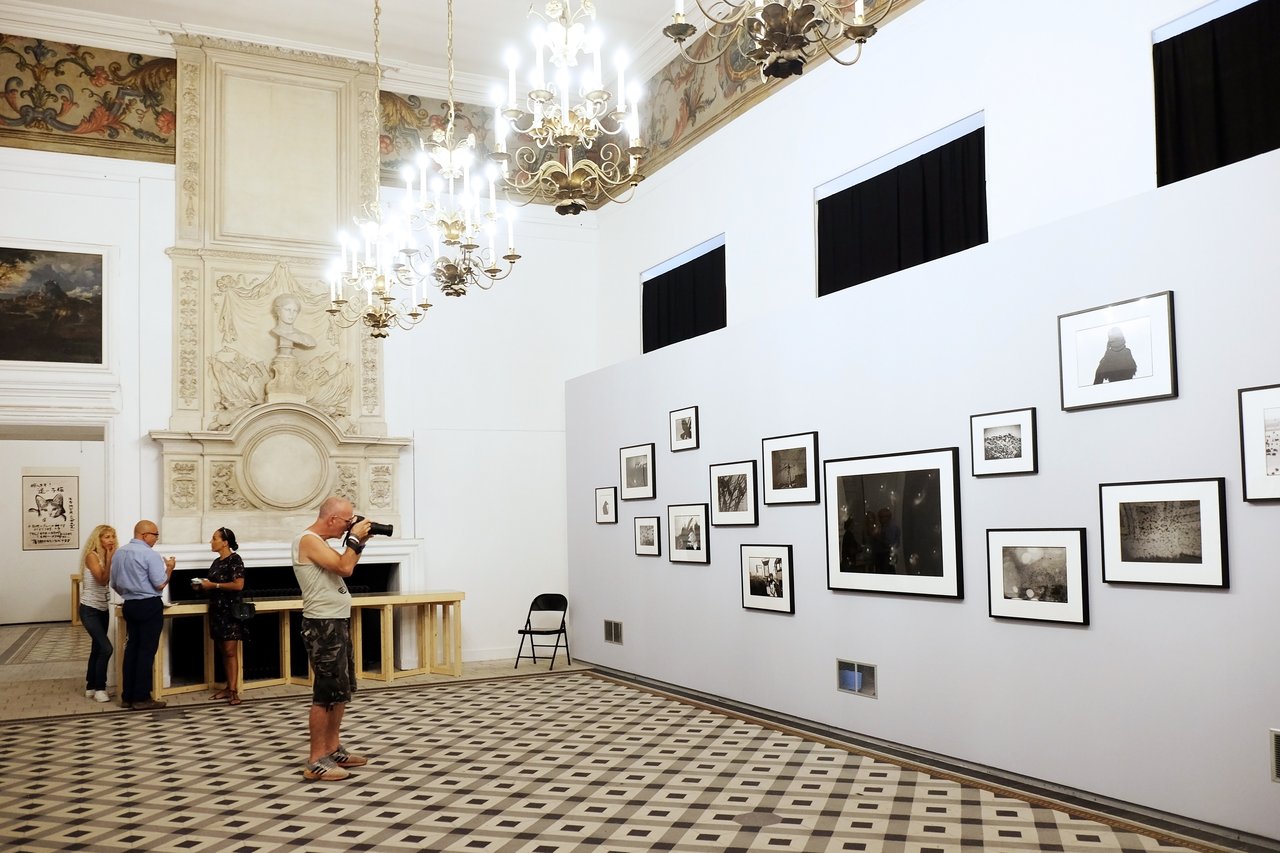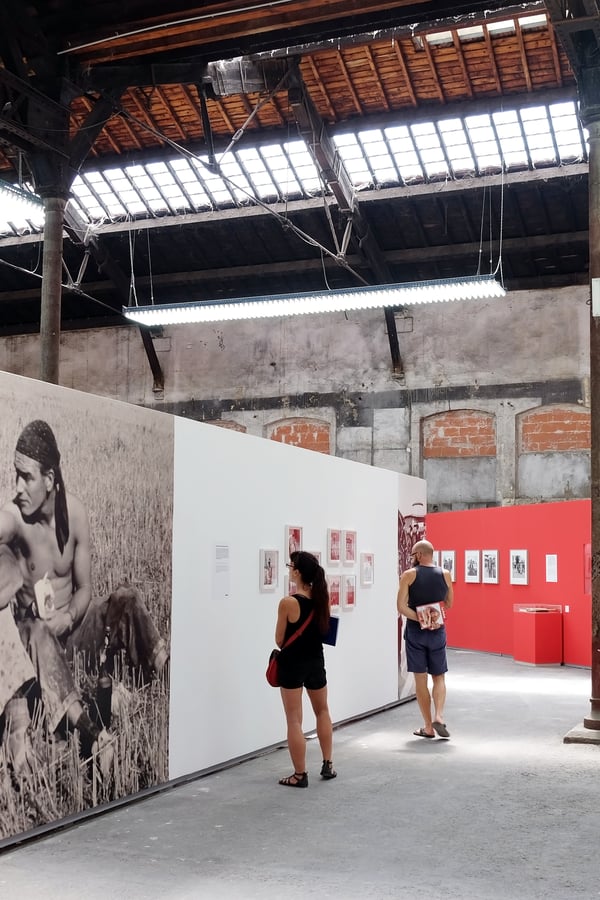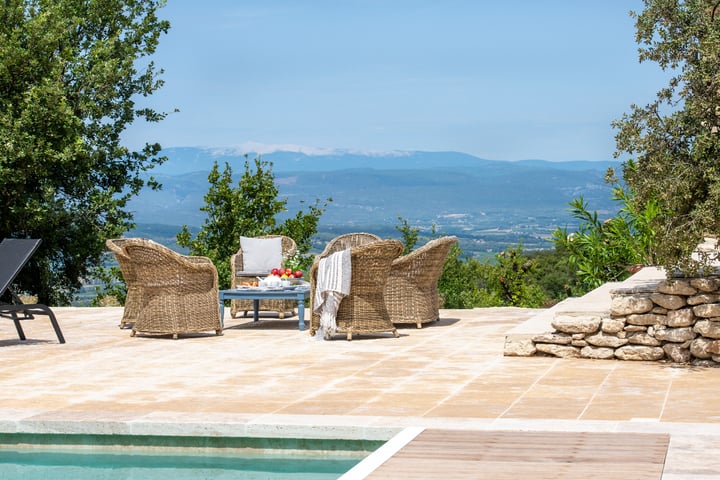Every summer, the ancient city of Arles becomes the international capital of photography.
From early July through to October, the Rencontres d’Arles photography festival transforms Roman monuments, former industrial buildings, cloisters, and contemporary spaces into immersive galleries. Now in its 56th year, this world-renowned event continues to attract tens of thousands of visitors, artists, and curators with its bold exhibitions, boundary-pushing installations, and thought-provoking programming.
A city-wide celebration of photography
Unlike traditional festivals confined to one venue, Rencontres d’Arles spans across the city, from the Roman amphitheatre and the Place du Forum in the historic centre to the Parc des Ateliers in the Quartier des Minimes. More than 30 sites are activated each year, offering a unique way to explore Arles through its architectural layers - Roman, medieval, industrial, and contemporary. The most prominent exhibitions are typically concentrated around the Parc des Ateliers, a former railway site now home to Luma Arles and other large-scale venues like the Atelier de la Mécanique and Atelier des Forges. These expansive industrial halls house the festival’s most ambitious installations, with space for experimental and immersive works.
In the city centre, key venues include the Église des Frères Prêcheurs, the Cloître Saint-Trophime, and the Palais de l’Archevêché. These locations often host retrospectives, group shows, and thematic exhibitions that draw large audiences. If your time is limited and you want to see the core of the festival, start at the Parc des Ateliers, where several exhibitions are housed in close proximity. From there, walk towards the historic centre, stopping at key sites along the Rue des Arènes and around the Place de la République. Many ticket holders also choose to follow one of the suggested exhibition circuits provided by the festival, which vary each year and group shows by theme, artist, or geography. This decentralised structure encourages visitors to experience Arles in a different way - through short walks, unexpected venues, and a mix of cultural and everyday settings. It is as much a discovery of place as it is of photography.

What happened at Rencontres d’Arles in 2024
In 2024, one of the most talked-about installations was held in the former Monoprix building, now a regular feature on the festival map. French photographer Julien Lombardi presented Unretouched Nature - a multi-layered series exploring how landscapes are shaped by memory, imagination, and ideology. Using archival photographs, soundscapes, and sculptural elements, Lombardi created a disorienting environment that questioned the very idea of wilderness. The space itself - raw, industrial, and echoing - added to the atmosphere, drawing visitors into a setting that felt both intimate and unsettling.
Elsewhere in the city, the Cloître Saint-Trophime hosted a retrospective of Ming Smith, the first African-American woman to have work acquired by MoMA. Her softly blurred, poetic photographs drew long queues throughout the summer, with many citing it as a standout show. The Atelier de la Mécanique featured a large-scale projection series from younger international artists, while the Église Sainte-Anne presented a powerful group exhibition on environmental collapse and resilience. The combination of established voices and emerging perspectives reinforced Arles’ status as a leading festival for contemporary photography.
Looking ahead to 2025
The 2025 edition is centred around the theme of New Realities - a concept that explores the evolving relationship between photography, perception, and truth in a digital age. With over forty exhibitions planned across more than thirty venues, the programme continues to push the boundaries of visual storytelling. Confirmed highlights include new work by Laia Abril, whose research-driven projects address themes of violence, justice, and representation. Moises Saman, widely known for his work with Magnum Photos, presents a new series capturing the quiet aftermath of global crises - focusing on how communities rebuild and remember. The Palais de l’Archevêché will host an exhibition curated around the use of artificial intelligence in visual culture, exploring how generated images affect memory, identity, and documentation.
During the opening week in early July, visitors can expect a packed agenda of artist talks, guided visits, book signings, portfolio reviews, and outdoor projections in the Roman theatre and public squares. The city is at its liveliest during this period, with exhibitions open late and informal discussions continuing across cafés and terraces. For those visiting in September and October, the pace is more relaxed. With fewer crowds and cooler weather, it is an ideal time to engage more deeply with the exhibitions and enjoy the rhythm of Arles beyond the high season.
A practical guide to visiting
Entry tickets will be available via the official festival website from spring. Many exhibitions include explanations in both French and English. The city itself is compact and walkable, with plenty of cafés and shaded squares for taking breaks between exhibitions. For those looking to stay nearby, our selection of villas across The Alpilles and Camargue provides a base for exploring the festival and the wider region. If you are planning a summer visit, our concierge service can assist with itinerary planning, from securing your festival passes to recommending a lunch spot between exhibitions.

Rencontres d’Arles is not just an art event - it is a cultural experience grounded in place. The city itself becomes part of the exhibition, with photography spilling out into public view and conversations continuing late into the evening. The only question is, when will you visit?
À bientôt,
The Provence Holidays Team







































